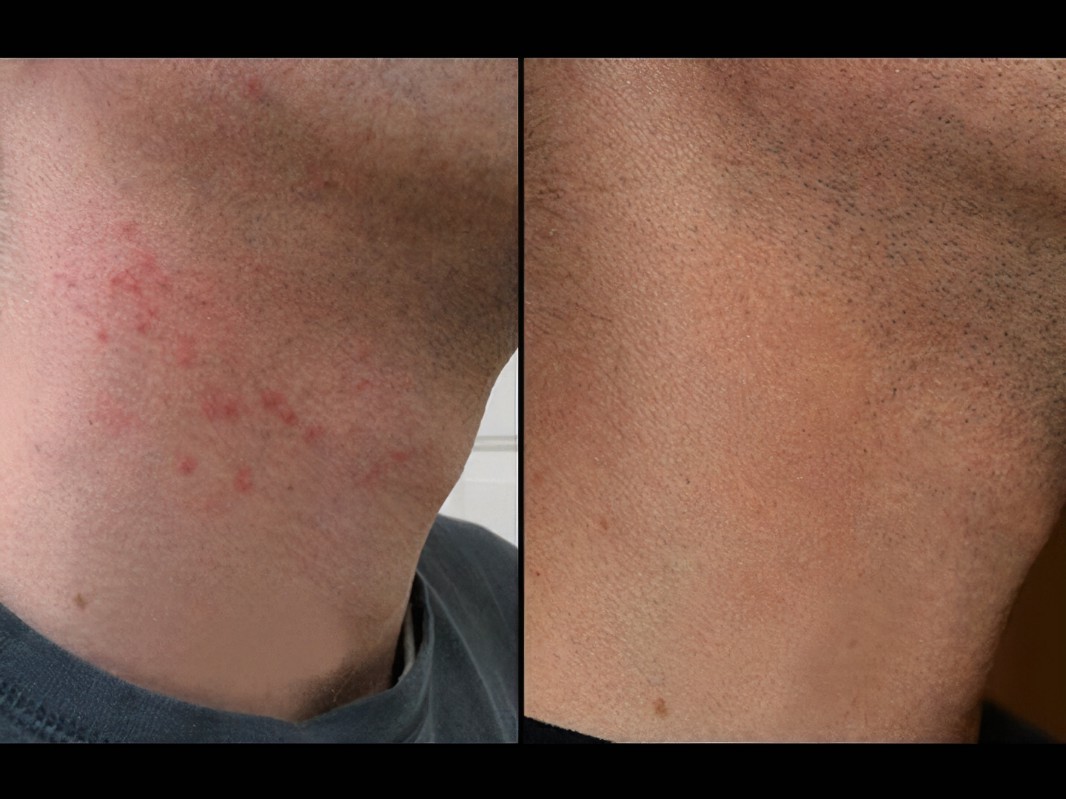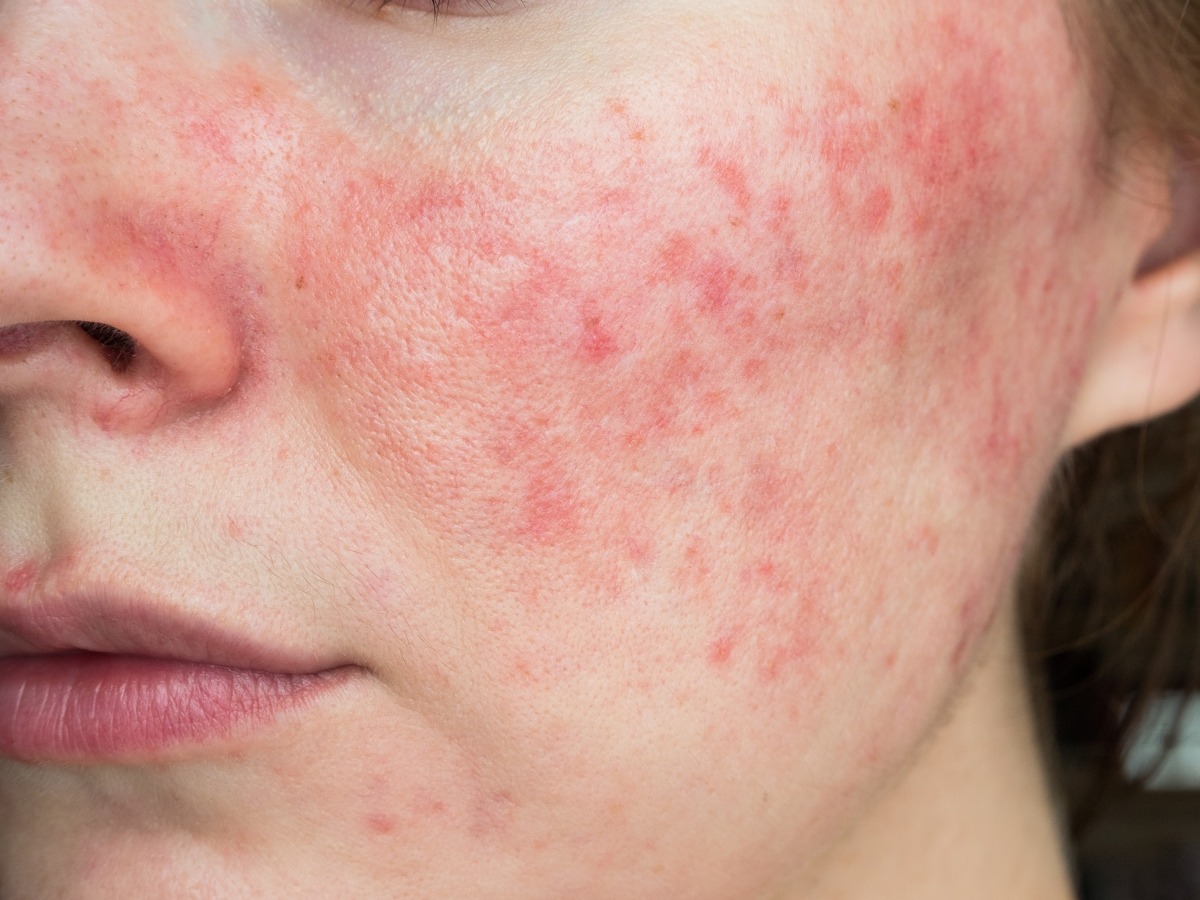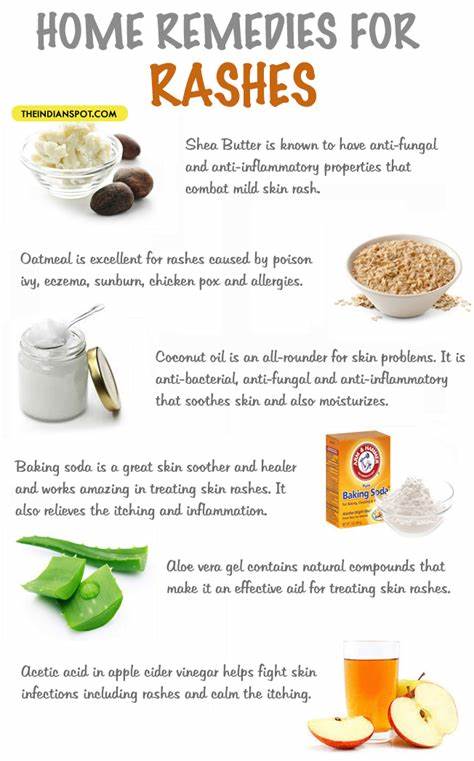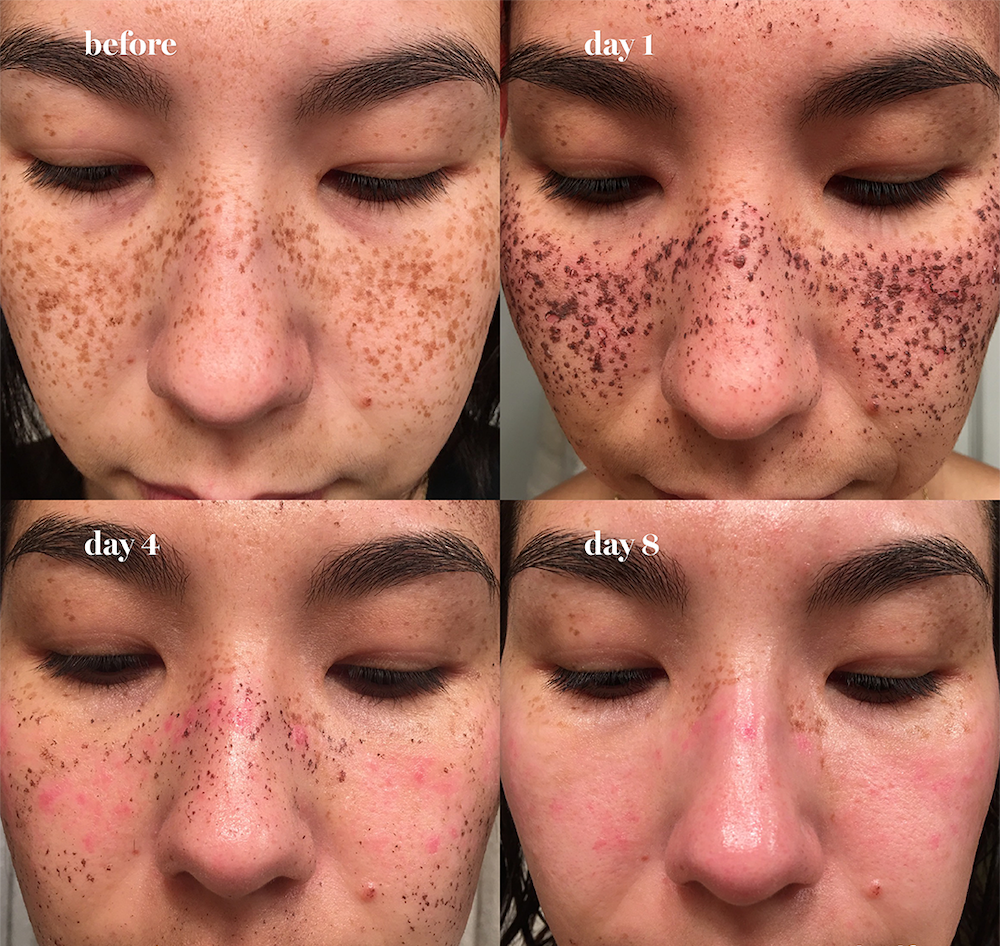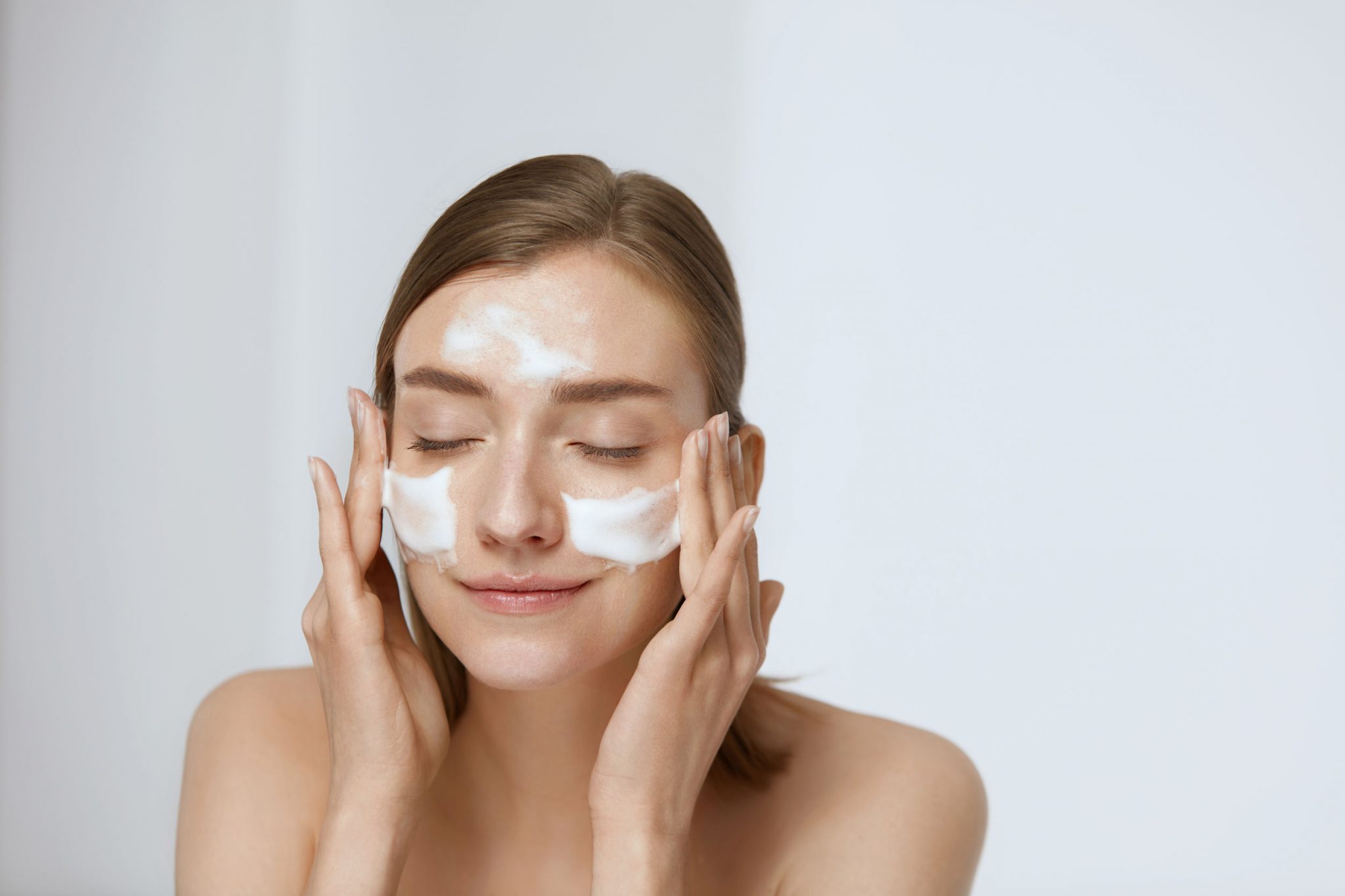Contents
Introduction to Managing Irritation Bumps
Irritation bumps, also known as razor bumps or ingrown hairs, are a common dermatological concern that can cause discomfort and affect skin appearance. Understanding the underlying causes of irritation bumps and implementing effective management strategies are essential for achieving smooth, healthy skin. In this comprehensive guide, we delve into the intricacies of irritation bumps, exploring their definition, causes, and a range of solutions for prevention and treatment.
Irritation bumps manifest as small, raised bumps on the skin’s surface and often result from hair removal methods such as shaving, waxing, or plucking. When hair follicles become inflamed or infected after hair removal, they can trap hair beneath the skin’s surface, leading to the formation of irritation bumps. Factors contributing to irritation bumps include improper shaving techniques, sensitive skin, curly hair, and bacterial infections.
Preventing irritation bumps requires a multifaceted approach that encompasses proper skincare techniques, avoidance of irritants, and lifestyle modifications. By adopting a tailored skincare routine, individuals can minimize the risk of irritation and promote skin health. Additionally, identifying potential triggers such as harsh skincare products, tight clothing, or abrasive shaving methods can help reduce the likelihood of irritation bumps.
Home remedies offer accessible and natural solutions for managing irritation bumps and soothing inflamed skin. Techniques such as warm compress application, aloe vera gel, and tea tree oil have been recognized for their anti-inflammatory and antiseptic properties, providing relief from discomfort and promoting skin healing. Over-the-counter treatments, including hydrocortisone cream, salicylic acid products, and benzoyl peroxide, offer targeted relief for inflammation and bacterial infections associated with irritation bumps.
For persistent or severe cases of irritation bumps, professional treatments may be necessary to address underlying skin concerns and prevent recurrence. Dermatological consultation allows for personalized evaluation and recommendations tailored to individual skin types and needs. Advanced treatments such as laser therapy and corticosteroid injections offer effective solutions for managing inflammation and promoting skin regeneration.
In addition to targeted treatments, lifestyle modifications play a crucial role in preventing recurrence of irritation bumps and maintaining long-term skin health. Strategies such as stress management techniques, dietary considerations, and regular skincare maintenance contribute to overall well-being and resilience against skin irritation.
In conclusion, managing irritation bumps requires a comprehensive approach that addresses underlying causes, implements preventive measures, and explores a range of treatment options. By empowering individuals with knowledge and resources for effective skincare practices, we aim to promote skin health, confidence, and comfort in managing irritation bumps. Through informed decision-making and proactive self-care, individuals can achieve smoother, healthier skin and embrace a renewed sense of confidence in their appearance.
Understanding Irritation Bumps
Irritation bumps, commonly known as razor bumps or ingrown hairs, are a frequent dermatological concern characterized by small, raised bumps on the skin’s surface. These bumps often arise after hair removal procedures such as shaving, waxing, or plucking, particularly in areas with coarse or curly hair. Understanding the underlying mechanisms of irritation bumps is essential for effective management and prevention.
Identification of Irritation Bumps:
Irritation bumps typically appear as red, inflamed bumps on the skin, resembling pimples or small cysts. They may be accompanied by itching, tenderness, and discomfort. Identifying irritation bumps involves recognizing their distinct appearance and understanding the factors that contribute to their formation.
Common Causes of Irritation Bumps:
Several factors contribute to the development of irritation bumps, including:
Hair Removal Techniques: Improper shaving techniques, such as shaving against the grain or using dull razors, can lead to irritation bumps by causing hair to curl back into the skin or become trapped beneath the surface.
Sensitive Skin: Individuals with sensitive skin are more prone to developing irritation bumps due to heightened reactivity to hair removal methods and skincare products.
Curly or Coarse Hair: Curly or coarse hair is more likely to curve back into the skin after hair removal, increasing the risk of irritation bumps and ingrown hairs.
Bacterial Infections: Bacterial infections of the hair follicles, known as folliculitis, can exacerbate irritation bumps, leading to inflammation and discomfort.
By understanding these underlying causes, individuals can take proactive steps to minimize the risk of irritation bumps and implement effective management strategies. Through proper skincare techniques, avoidance of irritants, and targeted treatments, individuals can achieve smoother, healthier skin and reduce the incidence of irritation bumps.
Prevention Strategies for Irritation Bumps
Preventing irritation bumps requires a proactive approach that addresses the underlying causes and minimizes the risk of inflammation and ingrown hairs. By implementing proper skincare techniques, avoiding irritants, and adopting strategies to minimize friction, individuals can significantly reduce the occurrence of irritation bumps and promote healthier skin.
Proper Skincare Routine:
A foundational aspect of preventing irritation bumps is maintaining a proper skincare routine tailored to individual skin types and needs. Key elements of a skincare routine include:
Gentle Cleansing Techniques: Using a mild, fragrance-free cleanser and avoiding harsh scrubbing can help prevent irritation and minimize inflammation.
Suitable Skincare Products: Choosing skincare products formulated for sensitive skin and free of harsh chemicals can reduce the risk of irritation and promote skin health.
Avoidance of Irritants:
Identifying and avoiding potential irritants is crucial for preventing irritation bumps and minimizing skin sensitivity. Some common irritants to avoid include:
Harsh Chemicals: Skincare products containing alcohol, fragrances, or harsh detergents can strip the skin of its natural oils and lead to irritation.
Tight Clothing: Wearing tight-fitting clothing, especially in areas prone to irritation bumps, can exacerbate friction and increase the likelihood of ingrown hairs.
Techniques for Minimizing Friction:
Reducing friction during hair removal and daily activities can help prevent irritation bumps and promote smoother skin. Consider the following techniques:
Proper Shaving Techniques: Shaving with the grain of the hair, using sharp razors, and lubricating the skin with shaving cream or gel can minimize irritation and reduce the risk of ingrown hairs.
Appropriate Clothing Choices: Opting for loose-fitting clothing made of breathable fabrics can reduce friction and prevent irritation bumps, particularly in areas prone to friction during physical activity.
By incorporating these prevention strategies into daily skincare routines and hair removal practices, individuals can effectively minimize the risk of irritation bumps and maintain healthier, smoother skin. Consistency and attention to detail are key to achieving optimal results and preventing recurrence of irritation bumps over time.
Home Remedies for Irritation Bumps
When irritation bumps occur, several home remedies offer natural and soothing solutions to alleviate discomfort, reduce inflammation, and promote skin healing. These remedies harness the beneficial properties of common household ingredients to address irritation bumps effectively and promote healthier skin.
Warm Compress:
A warm compress is a simple yet effective home remedy for soothing irritation bumps and reducing inflammation. The warmth helps to open up pores, allowing trapped hairs to surface and easing discomfort. To use a warm compress:
Soak a clean washcloth in warm water.
Wring out excess water and apply the warm compress to the affected area for 5-10 minutes.
Repeat several times a day as needed to relieve irritation and promote healing.
Aloe Vera Gel:
Aloe vera gel is renowned for its soothing and anti-inflammatory properties, making it an excellent remedy for irritation bumps. Aloe vera helps to reduce redness, swelling, and discomfort while promoting skin regeneration. To use aloe vera gel:
Extract fresh gel from an aloe vera leaf or use store-bought aloe vera gel.
Apply the gel directly to the affected area and gently massage in a circular motion.
Allow the gel to dry before rinsing off with lukewarm water.
Repeat several times a day to soothe irritation and promote healing.
Tea Tree Oil:
Tea tree oil possesses powerful antiseptic and anti-inflammatory properties, making it an effective remedy for irritation bumps and preventing bacterial infections. However, tea tree oil is potent and should be diluted before application to avoid skin irritation. To use tea tree oil:
Dilute tea tree oil with a carrier oil such as coconut oil or olive oil. Mix one part tea tree oil with three parts carrier oil.
Apply the diluted tea tree oil mixture to the affected area using a cotton ball or swab.
Allow the solution to penetrate the skin and air dry.
Repeat once or twice daily until the irritation subsides.
By incorporating these home remedies into your skincare routine, you can effectively manage irritation bumps and promote skin healing in a natural and gentle manner. However, if irritation persists or worsens, it is advisable to seek medical attention from a dermatologist for further evaluation and treatment.
Over-the-Counter Treatments for Irritation Bumps
Over-the-counter (OTC) treatments offer accessible and effective solutions for managing irritation bumps, reducing inflammation, and promoting skin healing. These treatments contain active ingredients that target the underlying causes of irritation bumps, such as inflammation, bacterial infection, and trapped hair follicles. When used as directed, OTC treatments can provide relief from discomfort and expedite the healing process.
Hydrocortisone Cream:
Hydrocortisone cream is a topical corticosteroid that helps to reduce inflammation and relieve itching associated with irritation bumps. It works by suppressing the body’s immune response and reducing the release of inflammatory substances. To use hydrocortisone cream:
Apply a thin layer of hydrocortisone cream to the affected area.
Gently massage the cream into the skin until fully absorbed.
Use the cream according to the instructions on the product label, usually up to two to three times daily.
Discontinue use if irritation or sensitivity occurs.
Salicylic Acid Products:
Salicylic acid is a beta hydroxy acid (BHA) that exfoliates the skin, unclogs pores, and helps to release trapped hairs associated with irritation bumps. Salicylic acid products come in various formulations, including cleansers, toners, and spot treatments. To use salicylic acid products:
Apply the product to the affected area using a cotton pad or swab.
Allow the product to penetrate the skin and air dry.
Use salicylic acid products as directed on the product label, typically once or twice daily.
Avoid applying salicylic acid to broken or irritated skin.
Benzoyl Peroxide:
Benzoyl peroxide is an antibacterial agent that helps to kill acne-causing bacteria and reduce inflammation associated with irritation bumps. It also helps to unclog pores and promote skin exfoliation. Benzoyl peroxide products are available in various strengths and formulations, including gels, creams, and spot treatments. To use benzoyl peroxide:
Apply a thin layer of benzoyl peroxide to the affected area.
Gently massage the product into the skin until fully absorbed.
Start with a lower strength formulation and gradually increase as tolerated.
Use benzoyl peroxide once or twice daily, following the instructions on the product label.
When using OTC treatments for irritation bumps, it is essential to follow the instructions provided and monitor for any signs of irritation or adverse reactions. If irritation persists or worsens, discontinue use and consult a healthcare professional for further evaluation and guidance. Additionally, it is advisable to perform a patch test before using new products to check for potential sensitivity or allergic reactions.
Professional Treatments for Irritation Bumps
In cases where home remedies and over-the-counter treatments are insufficient in managing irritation bumps, professional treatments offer advanced solutions provided by dermatologists or skincare specialists. These treatments are tailored to address persistent or severe cases of irritation bumps and may involve specialized procedures to alleviate inflammation, promote skin healing, and prevent recurrence.
Dermatological Consultation:
A dermatological consultation is essential for individuals experiencing persistent or severe irritation bumps that do not respond to conventional treatments. During the consultation, the dermatologist will assess the skin’s condition, evaluate potential underlying causes, and recommend appropriate treatment options. Dermatologists may prescribe topical medications, oral medications, or recommend in-office procedures based on individual needs.
Treatment Options Recommended by Dermatologists:
Dermatologists may recommend a range of treatment options to address irritation bumps effectively. These may include:
Topical Antibiotics: Topical antibiotics such as clindamycin or erythromycin may be prescribed to treat bacterial infections associated with irritation bumps and prevent secondary infections.
Retinoids: Topical retinoids such as tretinoin or adapalene help to unclog pores, promote skin exfoliation, and prevent the formation of new irritation bumps. Retinoids may also help to fade post-inflammatory hyperpigmentation associated with irritation bumps.
Oral Medications: In cases of severe or recurrent irritation bumps, dermatologists may prescribe oral medications such as oral antibiotics or oral retinoids to address underlying inflammation and bacterial overgrowth.
Laser Therapy:
Laser therapy, including laser hair removal and laser resurfacing, offers targeted solutions for managing irritation bumps and preventing ingrown hairs. Laser hair removal targets hair follicles, reducing hair growth and minimizing the risk of ingrown hairs. Laser resurfacing treatments help to improve skin texture, reduce inflammation, and promote collagen production, resulting in smoother, healthier skin.
Considerations and Potential Benefits:
Before undergoing laser therapy, individuals should consult with a dermatologist to determine the most suitable treatment option based on their skin type, hair color, and medical history. Laser therapy is generally safe and effective for most individuals and can provide long-lasting results with minimal downtime. However, multiple treatment sessions may be required to achieve optimal outcomes, and results may vary depending on individual factors.
Corticosteroid Injections:
In cases of severe inflammation or painful irritation bumps, dermatologists may administer corticosteroid injections to reduce swelling, alleviate discomfort, and promote healing. Corticosteroid injections deliver anti-inflammatory medication directly into the affected area, providing rapid relief from symptoms and preventing complications such as scarring or infection.
Use of Corticosteroid Injections for Severe Cases:
Corticosteroid injections are typically reserved for severe or refractory cases of irritation bumps that do not respond to other treatments. During the procedure, the dermatologist will administer a precise dose of corticosteroid medication into the inflamed bump using a fine needle. Most individuals experience significant improvement within a few days following the injection, with results lasting for several weeks to months.
Risks and Considerations:
While corticosteroid injections are generally safe and well-tolerated, they may be associated with potential side effects such as temporary skin discoloration, thinning of the skin, or localized pain at the injection site. It is essential to discuss the risks and benefits of corticosteroid injections with a dermatologist and adhere to post-procedure instructions to minimize the risk of complications.
In summary, professional treatments offer advanced solutions for managing irritation bumps and addressing underlying skin concerns. By consulting with a dermatologist and exploring tailored treatment options, individuals can achieve smoother, healthier skin and regain confidence in their appearance. Collaboration with a skincare specialist ensures personalized care and guidance throughout the treatment process, leading to optimal outcomes and long-term skin health.
Lifestyle Changes to Prevent Recurrence
In addition to professional treatments and topical remedies, making lifestyle changes can play a crucial role in preventing the recurrence of irritation bumps and promoting overall skin health. By addressing factors such as stress, diet, and skincare habits, individuals can create a supportive environment for their skin and minimize the risk of future irritation bumps.
Stress Management Techniques:
Stress can exacerbate inflammation and compromise skin health, making stress management an essential component of irritation bump prevention. Techniques such as meditation, deep breathing exercises, yoga, and mindfulness practices can help reduce stress levels and promote a sense of calmness and well-being. Engaging in regular physical activity and prioritizing relaxation can also contribute to overall stress reduction and improved skin health.
Impact of Stress on Skin Health:
Stress triggers the release of hormones such as cortisol, which can increase inflammation and exacerbate skin conditions such as irritation bumps. Chronic stress can also impair the skin’s barrier function, making it more susceptible to irritation and infection. By implementing stress management techniques, individuals can mitigate the negative effects of stress on their skin and promote a healthier complexion.
Dietary Considerations:
Diet plays a significant role in skin health, and incorporating nutrient-rich foods into your diet can support skin regeneration and minimize inflammation. Foods rich in antioxidants, vitamins, and omega-3 fatty acids help to nourish the skin from within and protect against oxidative stress. Consider adding the following skin-friendly foods to your diet:
Fruits and vegetables: Colorful fruits and vegetables such as berries, citrus fruits, leafy greens, and bell peppers are rich in antioxidants that help protect the skin from free radical damage and promote collagen production.
Healthy fats: Foods rich in omega-3 fatty acids, such as fatty fish (salmon, mackerel, sardines), flaxseeds, chia seeds, and walnuts, help maintain skin hydration and elasticity, reducing the risk of irritation and inflammation.
Incorporating Skin-Friendly Foods into the Diet:
Incorporating a variety of skin-friendly foods into your diet can provide essential nutrients that support skin health and resilience. Aim to consume a balanced diet consisting of lean proteins, whole grains, fruits, vegetables, and healthy fats to nourish your skin from the inside out.
Regular Skincare Maintenance:
Consistent skincare maintenance is essential for preventing irritation bumps and maintaining skin health. Establishing a daily skincare routine that includes gentle cleansing, moisturizing, and sun protection can help keep your skin clear and balanced. Consider the following tips for optimal skincare maintenance:
Use gentle cleansers: Choose cleansers formulated for your skin type and free of harsh chemicals or fragrances that can irritate the skin.
Moisturize regularly: Moisturizing helps maintain skin hydration and prevents dryness, reducing the risk of irritation and inflammation. Choose a moisturizer suited to your skin type and apply it liberally after cleansing.
Sun protection: Protect your skin from harmful UV rays by wearing sunscreen with a broad-spectrum SPF of 30 or higher daily, even on cloudy days.
By incorporating stress management techniques, adopting a skin-friendly diet, and maintaining a consistent skincare routine, individuals can create an environment conducive to skin health and minimize the risk of irritation bumps. These lifestyle changes complement professional treatments and topical remedies, leading to improved skin resilience and a radiant complexion.
Conclusion
In conclusion, managing irritation bumps requires a multifaceted approach that combines home remedies, over-the-counter treatments, professional interventions, and lifestyle changes to promote skin health and prevent recurrence. By understanding the underlying causes of irritation bumps and implementing targeted solutions, individuals can achieve smoother, clearer skin and regain confidence in their appearance.
Throughout this comprehensive guide, we have explored various strategies for managing irritation bumps, including:
Home remedies such as warm compresses, aloe vera gel, and tea tree oil, which offer natural and soothing solutions for irritation relief. Over-the-counter treatments such as hydrocortisone cream, salicylic acid products, and benzoyl peroxide, which help reduce inflammation and promote skin healing.
Professional treatments including dermatological consultations, laser therapy, and corticosteroid injections, which offer advanced solutions for persistent or severe cases of irritation bumps.
Lifestyle changes such as stress management techniques, dietary considerations, and regular skincare maintenance, which support overall skin health and minimize the risk of future irritation bumps.
By incorporating these strategies into daily skincare routines and lifestyle habits, individuals can effectively manage irritation bumps and maintain healthier, more resilient skin. It is essential to approach irritation bump management holistically, addressing both external and internal factors that contribute to skin health. As you embark on your journey to managing irritation bumps, remember the importance of consistency, patience, and self-care. Listen to your skin’s needs, be mindful of potential triggers, and seek professional guidance when needed. With dedication and perseverance, you can achieve smoother, clearer skin and embrace a renewed sense of confidence and well-being.
In closing, let us celebrate the resilience of the skin and the transformative power of holistic skincare practices. May this guide inspire you to prioritize skin health, embrace self-care rituals, and embark on a journey towards radiant, irritation-free skin. Here’s to your skin’s health and vitality, today and always.
